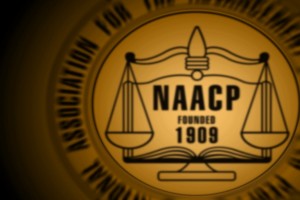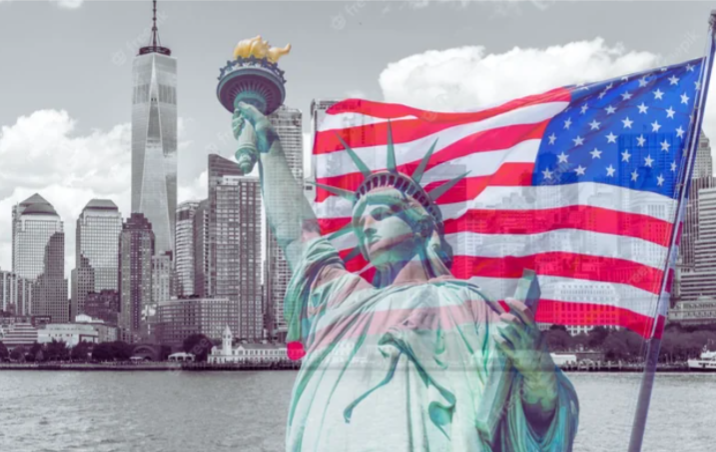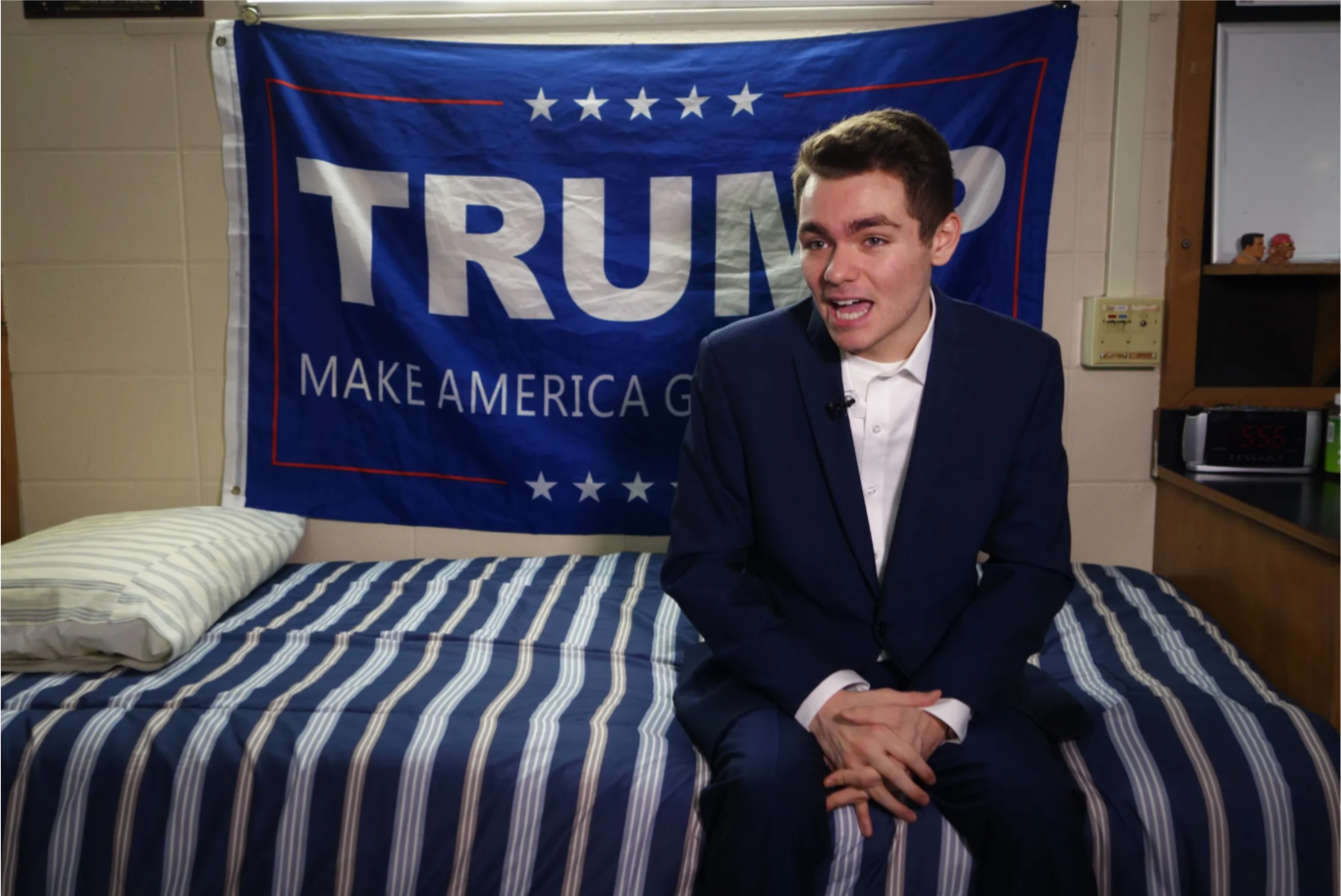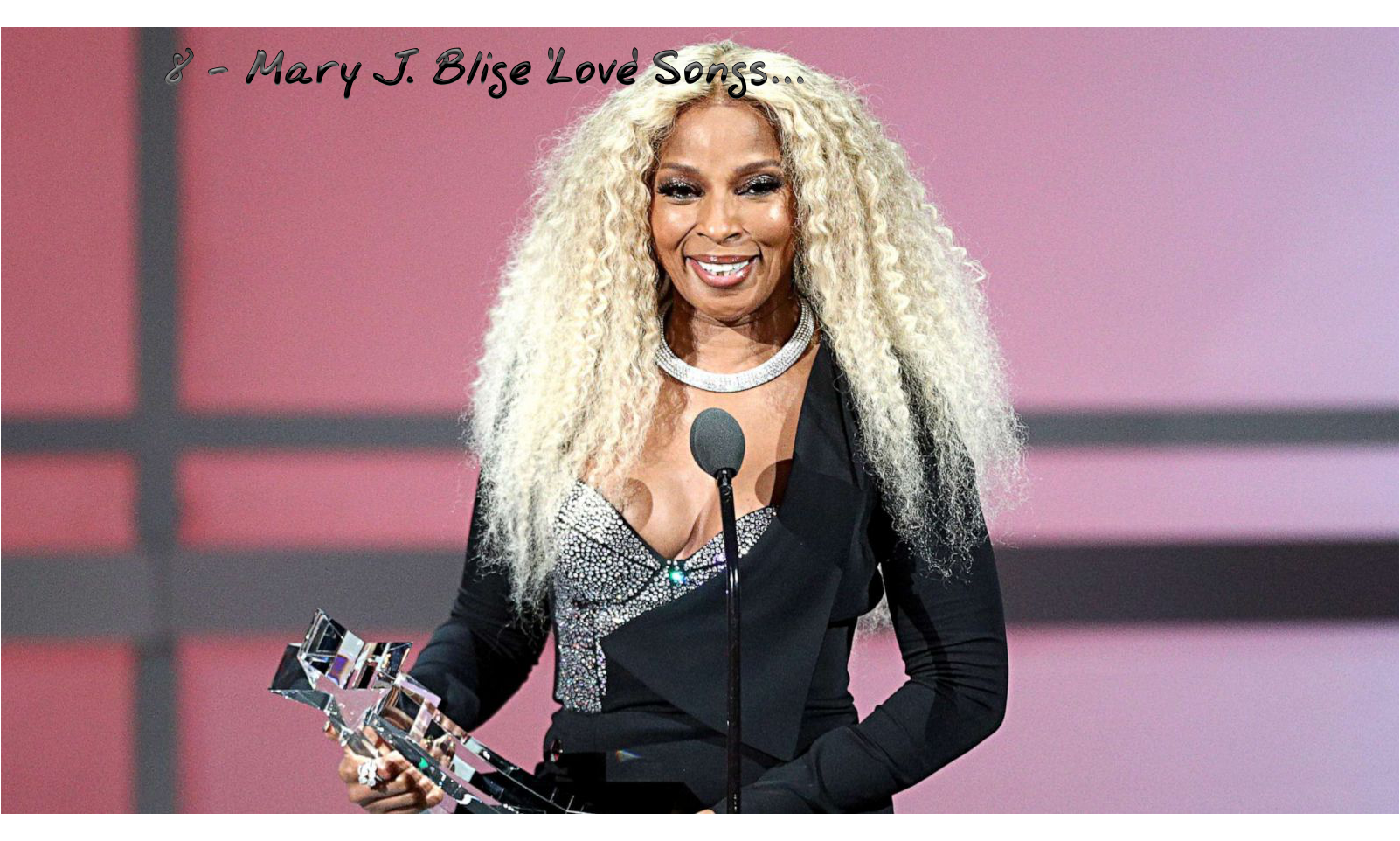(ThyBlackMan.com) In a petition circulated online, change.org minced no words, “NAACP: Hire the First Woman President in the NAACP’s 104-year History.” Seventy percent of the respondents agreed that it was time that the NAACP elected its first permanent woman president in its history to lead the organization. The petition and the clamor for a woman president of the NAACP came virtually within moments after current NAACP President Ben Jealous announced that he was stepping down at the end of the year. This is hardly the first time that there’s been a loud clamor and an even louder criticism of the dearth of female leaders at the top of the major civil rights organizations.
The litany of civil rights organizations past and present has been earmarked by two things. One is that throughout the history of the best known major major civil rights organizations, the Urban League, SCLC, CORE, SNCC, and of course the NAACP, there have been no women at the top spot in these organizations. The sole exception was the SCLC which in its markedly declining years finally elected the first woman head, Bernice King, Dr. Martin Luther King’s daughter in 2009. But that breakthrough was short-lived when King could not reach agreement with the SCLC’s male-dominated board regarding the terms of her presidency.
The second thing that has been an earmark of civil rights organizations has been the number of prominent women who played pivotal roles in the fight for justice and equality. They are well-known: Rosa Parks, Fannie Lou Hamer, Ella Baker, Gloria Richardson, Dorothy Cotton, Septima Clark, Dorothy Height, to name a few. They had to wage two fights. One was for civil rights and one was against the blatant sexism and male dominance among the rank and file and leadership in the civil rights organizations. The men frequently denigrated and minimized women’s role and importance, or pigeon holed them into so called women’s roles — typists, phone answerers, general gofers, and just plain flunkies for the men. In some cases, they sexually exploited and abused women.
The Achilles Heel of the civil rights organizations remained the quiet and destructive sexism within its ranks. This history burst into public in the run-up to the 50th anniversary commemoration celebration events of the March on Washington this past August. A number of women took dead aim at the 1963 MOW organizers for what they considered the deliberate exclusion of women from a major role in the planning, organizing, and deliverance of any of the keynote speeches at the March. They didn’t stop with a nostalgic glance over the shoulder critique of the events fifty years ago but openly wondered how much had really changed within the major civil rights organizations today.
Apart from the towering roles that women played in past civil rights battles as activists and organizers, women still had to struggle against marginalization by male leaders. Despite their prominence and name recognition, they constantly bumped up against the intrinsic and galling reality that when it came to leadership and decision making in organizations, the hard edge of traditional and ingrained male domination and female marginalization continued to be the order of the day. While many applauded an Angela Davis and rallied to her defense, she was still seen by many men as a woman first, second, and often last, and not a black leader. Yet, just as in the past, there were powerful examples of women as activists and leaders in the civil rights movement, there are even more women today who are fully capable of being not only the visible face of a major civil rights organization, but one of its leading decision and policy makers as well.
The NAACP has legions of women in local decision and policy making roles in their various chapters any one of whom could step into the top presidential spot. There are also prominent women outside the organization that BlackAmericaweb.com named who could assume the president’s mantle. They include: Stefanie James Brown, former NAACP youth and college director, Aisha Moodie-Mills, senior fellow at the Center for American Progress, Sherrilyn Ifill, President and counsel-director NAACP Legal Defense Fund.
The appointment of any one of them to head the organization would signal that the NAACP has shattered the glass ceiling at the top within this organization, and would send a powerful message that the fight for gender equality and against sexism is seen as just as potent and compelling as the historic and continuing fight for racial justice and equality. The NAACP has a golden opportunity to open the door of its male only room at the top to women. It’s an opportunity that it and no other civil rights organization that purports to call itself a champion of civil rights should blow.
Written By Earl Ofari Hutchinson
One can find more info about Mr. Hutchinson over at the following site; TheHutchinson ReportNews.
Also feel free to connect with him through twitter; http://twitter.com/earlhutchinson

















THE Sad thing is that in this day and time, we STILL talking about Civil Rights. Until black folks Stop begging and hoping white folks will see us as equals (Which they Never Will), well I guess there is a need for the “Civil Rights” crybaby industry.
I would like to add that if our exclusion was really due to misogyny, it is sad to see how the Black community internalized the worst part of the western patriarchal aspect.
I am really happy to see that a man is writing about this very important issue. I guess it is less painful to believe that the exclusion of women in Black organisations were to protect us because too many visible Black men have been killed.